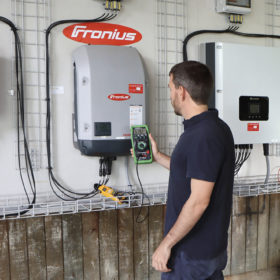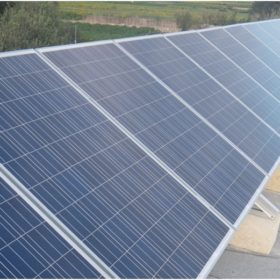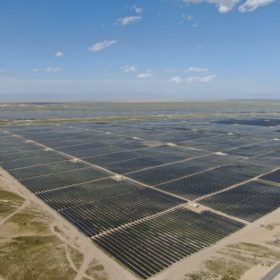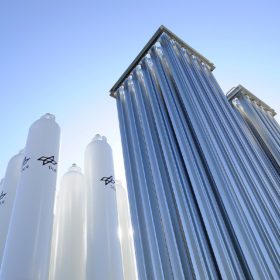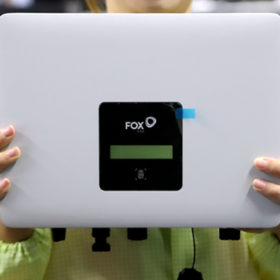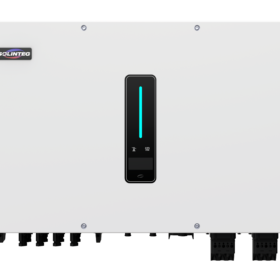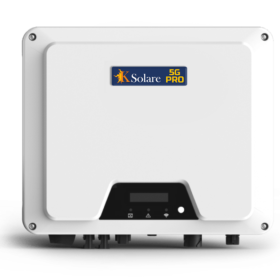Weekend read: Elusive longevity
The expected lifetime of PV inverters is significantly shorter than that of modules. In many projects, inverter replacement is included in financial calculations from the start, despite the high costs. Research is being conducted into the causes of faults to develop more durable inverters and components. But plant design can already improve the lifespan of inverters in use today, reports pv magazine Germany’s Marian Willuhn.
New algorithm to identify underperforming strings in PV systems
German researchers have created an algorithm to predict and identify string yield losses or underperforming strings without additional weather data. It could be used to inspect modules, strings, arrays, inverters, and transformers.
Weekend read: Solar tops the bill
The US Inflation Reduction Act of 2022 sets aside $369 billion to decarbonize the economy and respond to climate change. pv magazine USA’s Anne Fischer and Ryan Kennedy report on the boost the landmark legislation is expected to provide to solar and battery deployment and manufacturing.
Chinese PV Industry Brief: TBEA set to produce 120,000 MT of polysilicon in 2022
TBEA said it expects to produce 120,000 metric tons (MT) of polysilicon this year and 250,000 MT in 2023, while Daqo has revealed plans for a $700 million share buyback program.
Chinese PV Industry Brief: Longi, JA Solar, Yingli share 1.05 GW of panel orders
Longi, JA Solar and Yingli have agreed to collectively supply 1.05 GW of solar panels to China Southern Power Grid, while Daqo New Energy has secured board for a planned $700 million share repurchase program.
EU raises concerns about production requirements in US Inflation Reduction Act
The European Union and the United States are seeking a solution for key aspects of “discriminatory” production requirements in the US Inflation Reduction Act (IRA). The EU said it might bring the case to the World Trade Organization if a compromise cannot be reached.
Chinese PV Industry Brief: Shenzhen Energy to start PV-powered hydrogen production
Shenzhen Energy has announced plans to build a green hydrogen facility in Inner Mongolia, and Daqo has secured another polysilicon supply deal. DKEM, meanwhile, has unveiled plans to build a silver paste production facility for TOPCon products.
FoxEss unveils compact single-phase inverters for residential PV
FoxEss has released new inverters with nominal power ranging from 0.7 kW to 3.3 kW, a maximum efficiency rating of 97.4%, and a maximum European efficiency of 96.8%. They measure 290 mm x 220 mm x 116 mm and weigh in at 5.4 kg.
Solinteg unveils hybrid inverter series for C&I applications
Solinteg is offering five versions of its new three-phase hybrid inverters, with nominal power ranging from 25 kW to 50 kW, an efficiency rating of 98.8%, a European efficiency of 98.3%, and up to 4 MPPTs.
KSolare unveils new three-phase solar inverters
KSolare’s 5G-Pro series grid-tie solar inverters are now available with power ranging from 3 kW to 60 kW.
